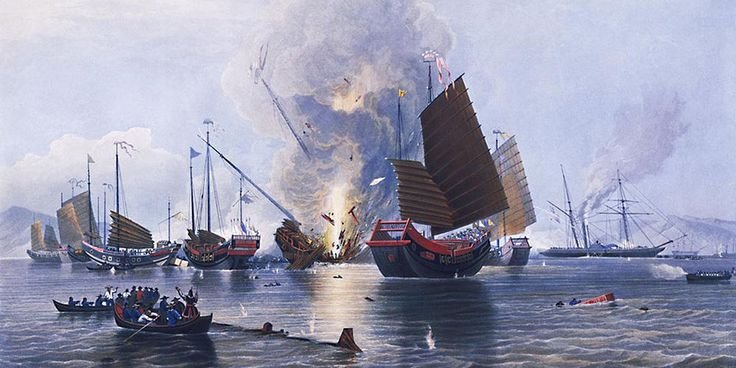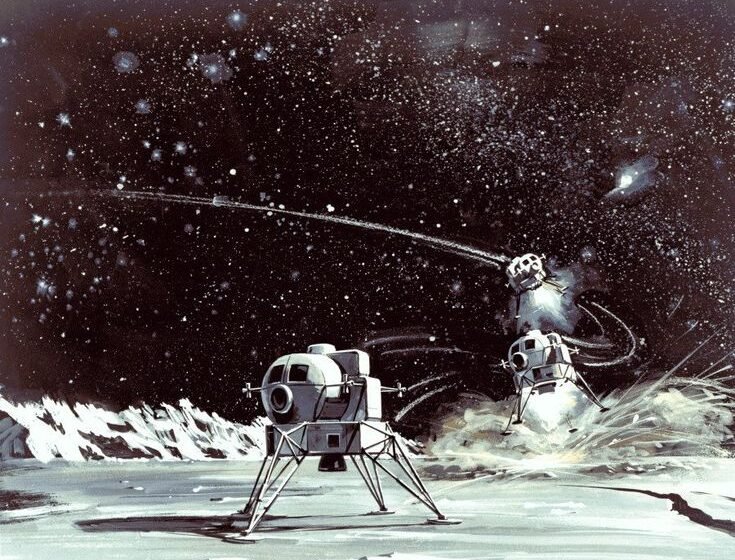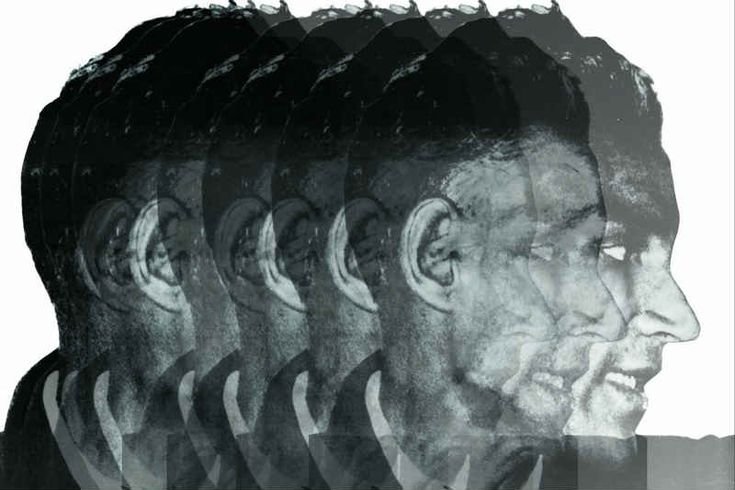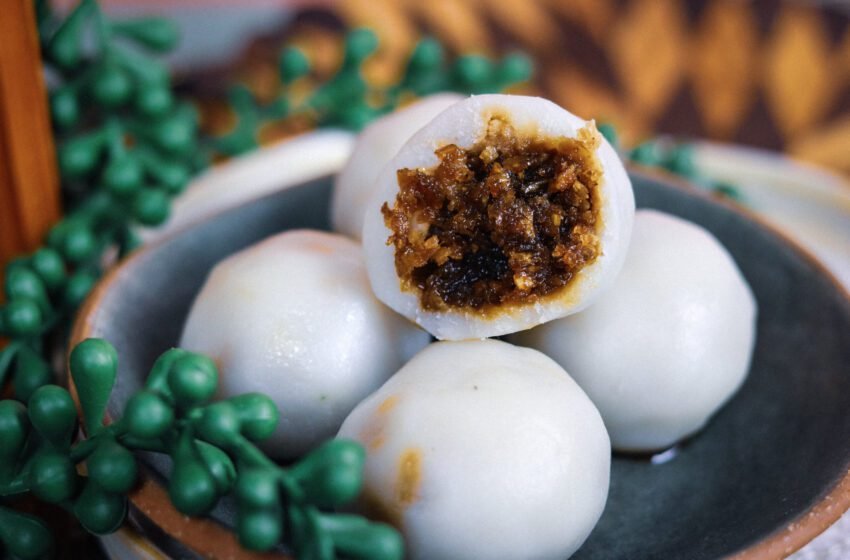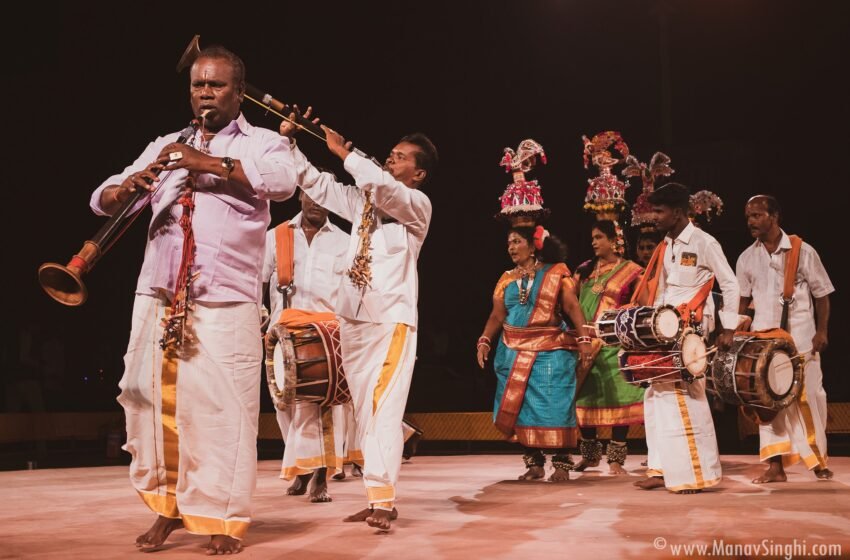The Tughlaq dynasty (1320–1414) was a ruling house of the Delhi Sultanate, established by Ghiyasuddin Tughlaq. It was marked by ambitious territorial expansion, economic and administrative experiments, and significant architectural achievements. However, the dynasty also suffered from internal rebellions, military failures, and economic crises, leading to its eventual downfall. The most notable rulers of the […]Read More
The Opium Wars, fought between China and Britain in the mid-19th century, were among the most consequential conflicts in modern Chinese history. These wars, driven by Britain’s aggressive trade policies and China’s resistance to the opium trade, resulted in a significant weakening of the Qing dynasty. The wars exposed China’s vulnerabilities, led to the loss […]Read More
The Space Race (1950s–1970s): The U.S. vs. the USSR in
The Space Race, spanning the 1950s to the 1970s, was one of the most defining conflicts of the Cold War, symbolizing the fierce rivalry between the United States and the Soviet Union. This competition was not just about technological supremacy but also ideological dominance, as both superpowers sought to prove the superiority of their political […]Read More
Dalit literature has emerged as a crucial space for articulating the historical injustices and contemporary struggles of Dalit communities in India. Rooted in the lived experiences of marginalization, this literature challenges dominant narratives and asserts a distinct voice of resistance. Among various literary forms, poetry has played a vital role in expressing the anger, pain, […]Read More
The Indian freedom struggle was not just a political movement; it was a deeply emotional and cultural revolution that found expression in literature, particularly in poetry. From the resistance against British colonial rule to the dreams of an independent nation, poetry became both a weapon and a refuge for revolutionaries, thinkers, and common people alike. […]Read More
The Partition of India in 1947 was perhaps the most traumatic event in the history of the subcontinent, leaving indelible scars on the collective psyche of its people. Literature—particularly poetry—was a potent tool to convey the sorrow, anguish, and disillusionment that ensued. Hindi poetry, more than any other form of poetry, has contributed immensely in […]Read More
– Trushti Dand Significance of the Title Kozhikkatta Appam refers to a traditional South Indian steamed rice dumpling, often filled with sweet coconut and jaggery. The word “Kozhikkatta” (also spelled Kozhukatta or Kozhukattai) comes from Tamil and Malayalam, where “Kozhukatta” means a steamed dumpling made from rice flour. “Appam” generally refers to pancakes or steamed […]Read More
–Trushti Dand Naranathu Bhranthan was considered a madman, or “Bhranthan,” by the local villagers due to his peculiar daily routine. Every day, he would roll a heavy stone up a hill, only to let it roll back down at great speed. As the stone reached the bottom, he would laugh so loudly that the entire […]Read More
Chutney music, an extraordinary fusion of Bhojpuri folk traditions and Caribbean influences, holds a unique place in the history of music. Originating from the indentured labor communities of Bihar and Uttar Pradesh, this genre traveled thousands of miles across oceans, transforming into a vibrant musical expression of the Indian diaspora in the Caribbean. Over time, […]Read More
Karakattam is a traditional Tamil folk dance that weaves music, rhythm, and worship together in honor of the life-giving power of water. The songs sung while dancing during Karakattam are of profound cultural and religious value, mostly in tribute to water and rain deities such as Mariamman, the rain goddess. The songs and performances have […]Read More

